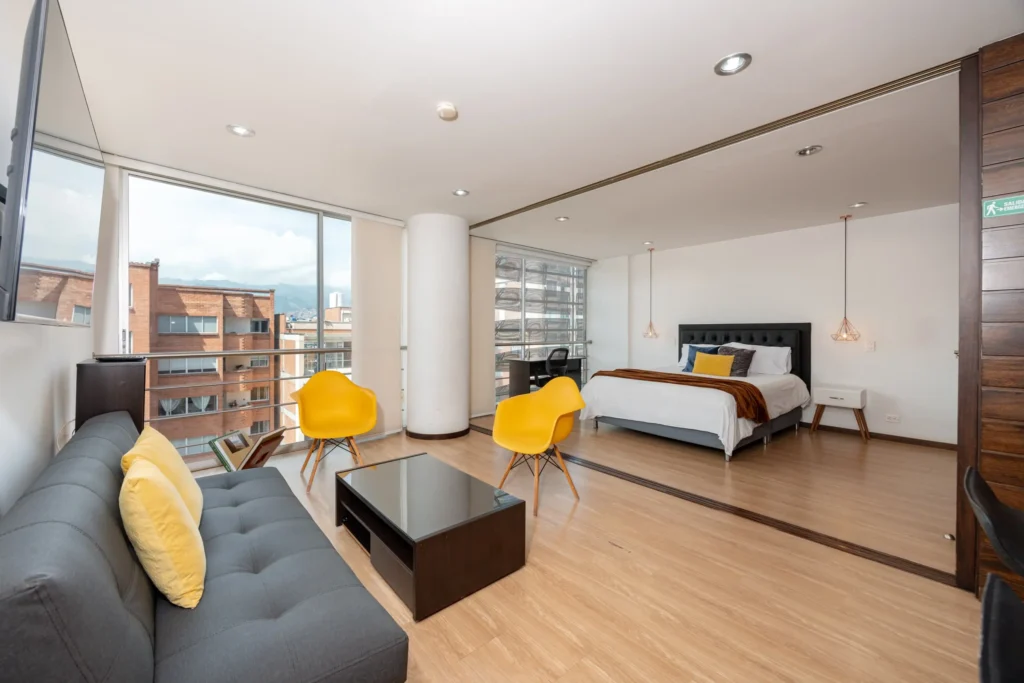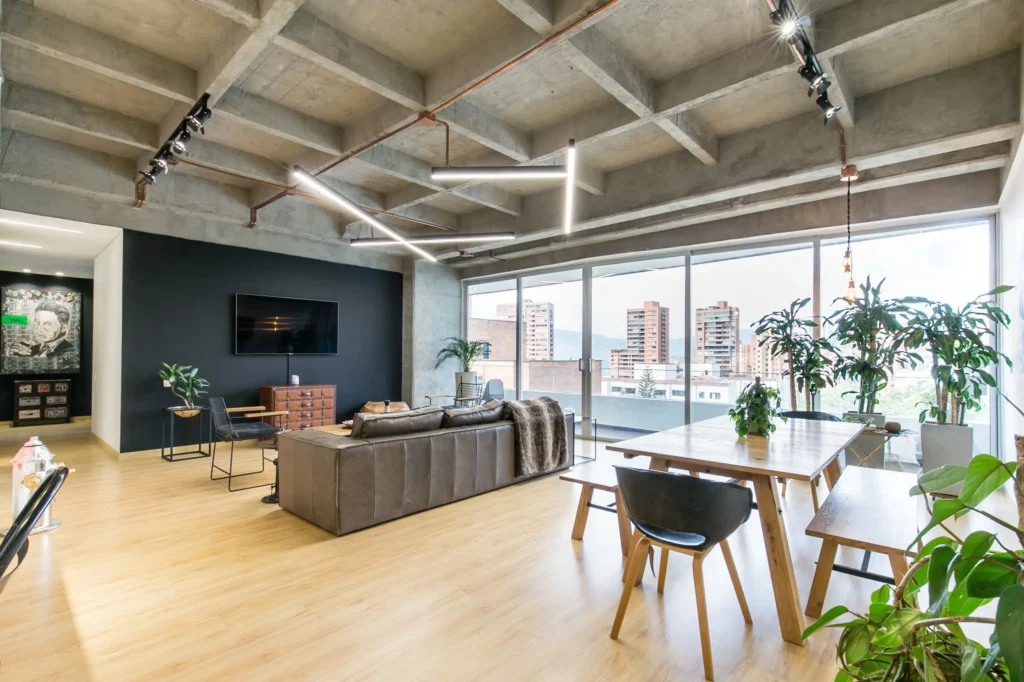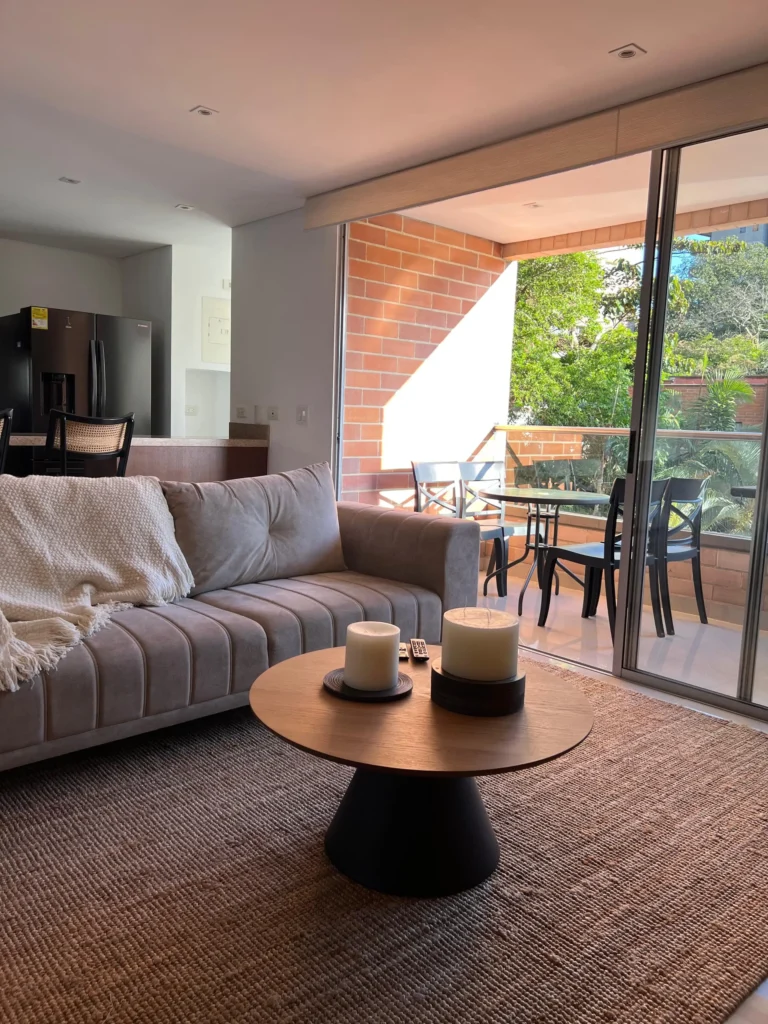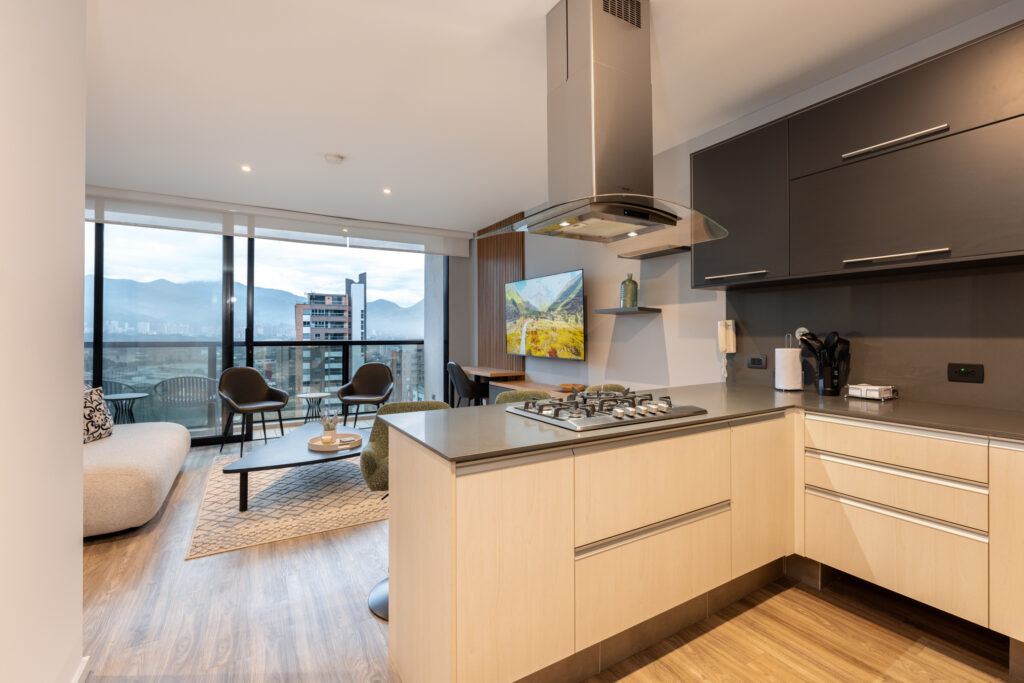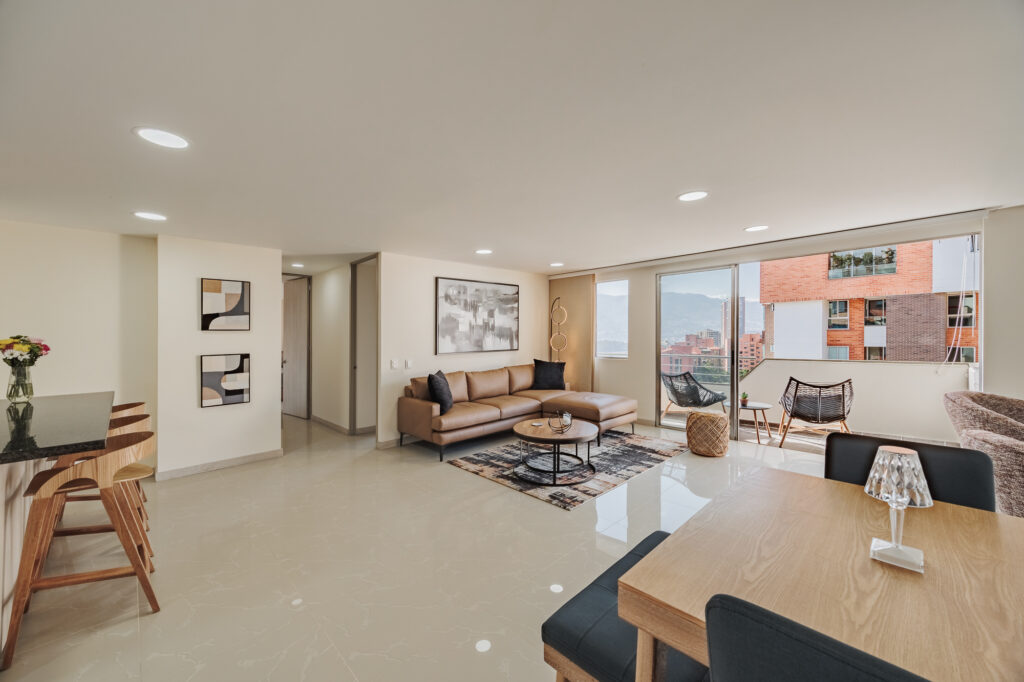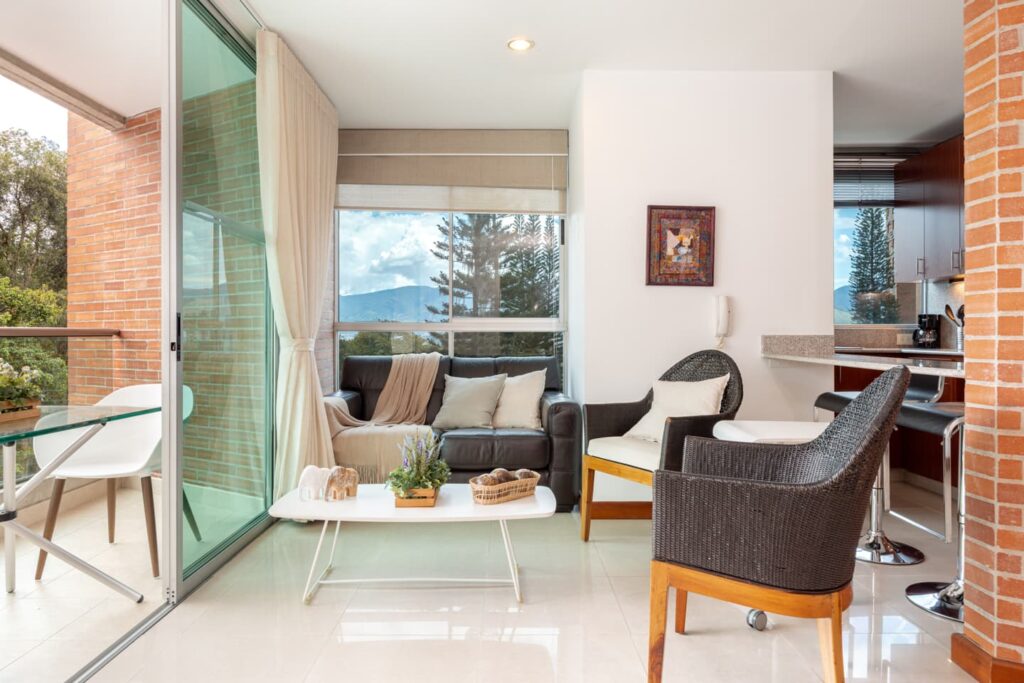TLDR? Parque de San Antonio is a plaza that’s replaced an older neighborhood.
Medellin is a city full of parks and squares preserved for decades, and each tells a different story.
In the city’s center, one of its oldest areas, we find different places such as Berrio Park, Botero Square, Junin Passage, and many more that have been the scene of significant events in the City of Eternal Spring.
Here, I want to talk about Plaza or Parque de San Antonio. Keep reading to know its history and how it’s transformed over the years.
What to Know About San Antonio Park
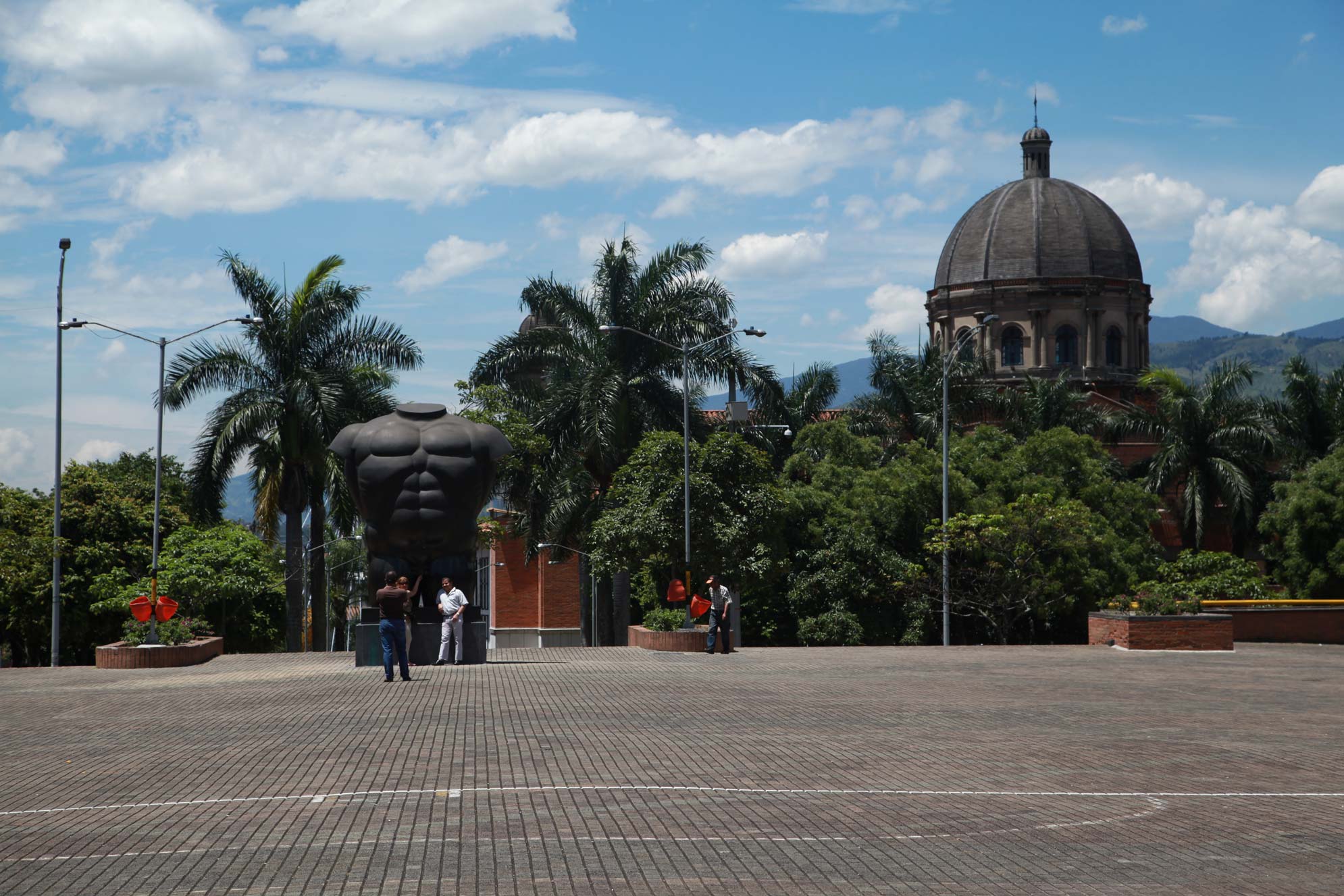
Parque de San Antonio’s in one of the oldest neighborhoods of Medellin, in the city’s center, surrounded by streets such as Calle San Juan, Calle Maturin, and Avenida Oriental.
Therefore, getting to this place is easy. The Metro System has a station on Line A called San Antonio, only a few minutes from the park by walking.
This park, with an area of 352 square feet (32,690m²), has a large square that houses some works by the Antioquian master Fernando Botero. Relatively close to this place, you’ll also find Plaza Botero full of his works and next to the Museo de Antioquia.
In addition, like all the parks in Colombia, this emblematic site of Medellín, thanks to its antiquity, has the San Antonio de Padua Church and an open-air theater.
The park has closed booths on both sides and street shops where you can eat a snack or drink.
A Little of the History
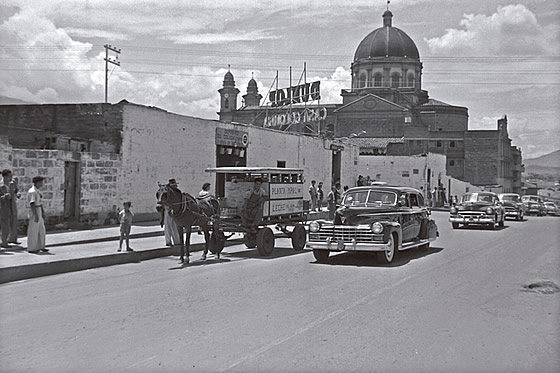
Until the 1950s, the San Antonio neighborhood and Medellin’s historical center preserved their European-inspired urban nature. Then, Paul Lester Wiener and José Luis Sert presented a plan for the city based on the North American model that defended territorial expansion and land use.
Parque de San Antonio was a traditional neighborhood with a bakery, a barber shop, barns, cafes, and even a Nougat factory.
It was in 1970 when this neighborhood was demolished to start a commercial and housing project that didn’t prosper and brought with it urban and social deterioration.
As a result, this area isn’t very residential and more dedicated to a trade that lasts until certain hours of the afternoon, leaving the historic center somewhat abandoned. However, significant parts of the area were preserved, such as the current Church of San Antonio de Padua.
In 1993, an architectural project to rehabilitate the place proposed to create a series of works of art in a square to promote activities of interest among the Antioquians.
The Parque de San Antonio became decorated with works by Fernando Botero, including two birds, relating to a bomb explosion that occurred on June 10th, 1995. It was a terrorist attack in which 23 people died and 200 were injured.
The San Antonio de Padua Church
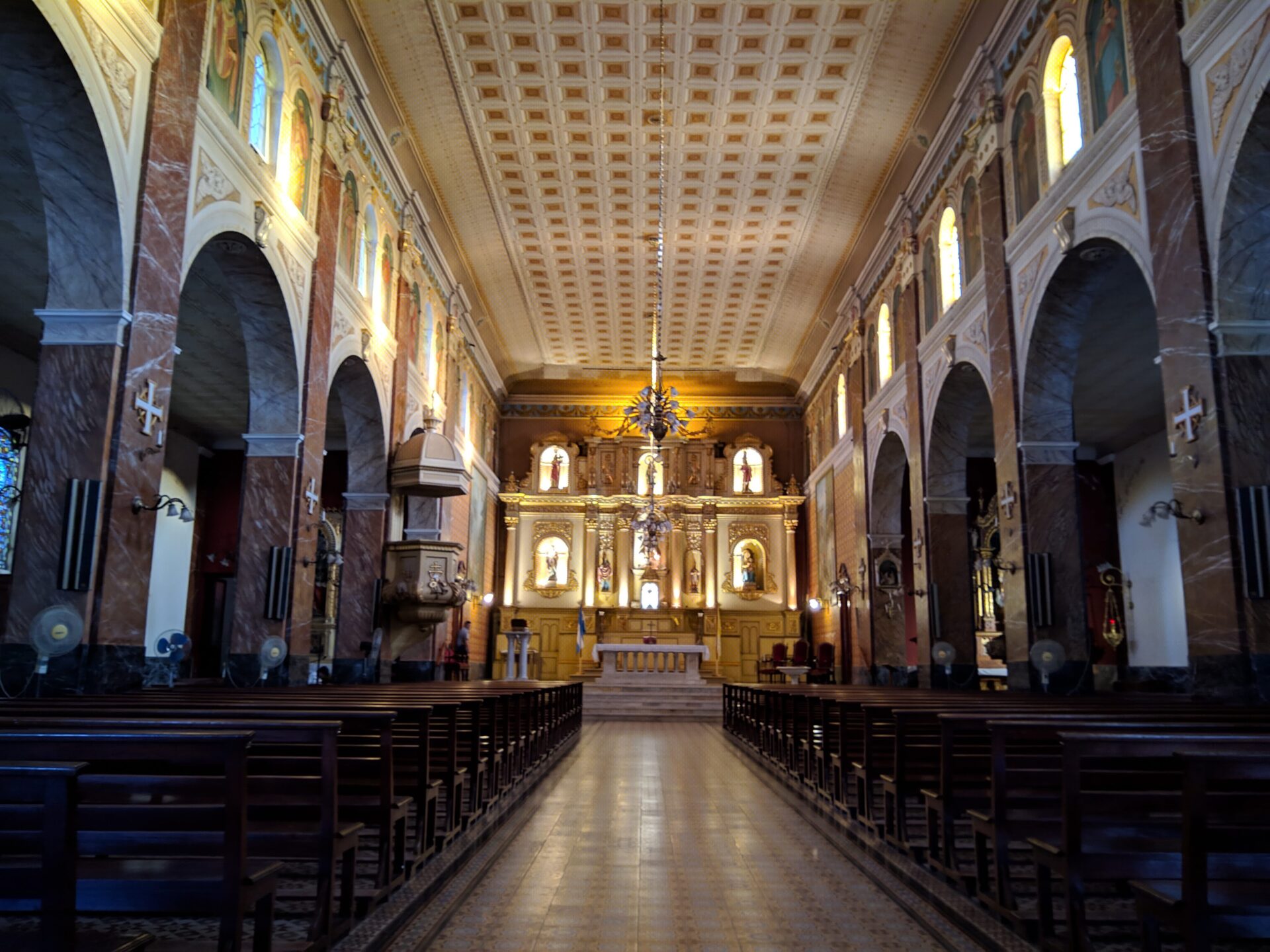
This church was built between 1884 and 1902, next to what would be the chapel. A project in cooperation with the Franciscan convent of the Holy Land, the church was declared an Asset of Municipal Cultural Interest in 1991.
The facade and other completions took place between 1920 and 1938.
Art in Parque de San Antonio

Among the works from Fernando Botero exhibited are the ‘Male Torso’ and the bird that suffered the explosion.
There’s also the work ‘Puerta de San Antonio’ by Ronny Vayda from 1995, which has a curious aspect if you look at it from different angles.
Parque de San Antonio Today
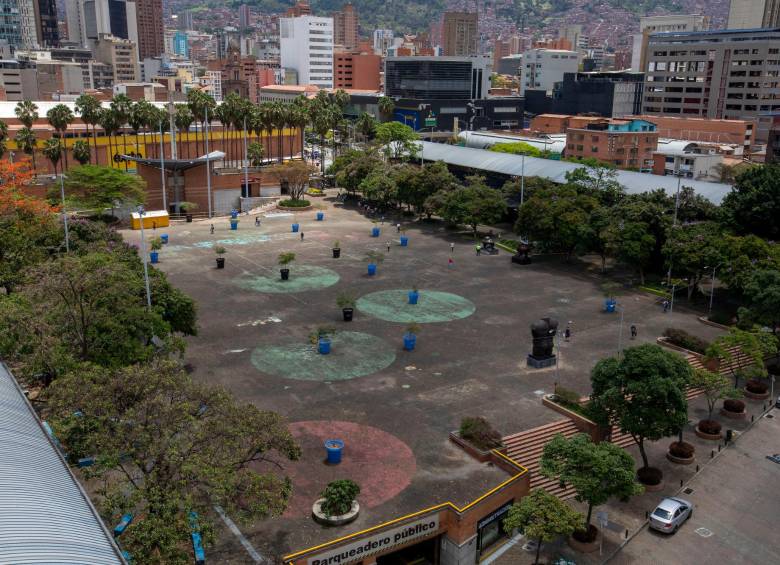
Parque de San Antonio has two parts: in one, you find a large square with the sculptures and works of art mentioned, the open-air theater, and a lot of informal commerce.
On the other side is the area of the San Antonio de Padua’s church. There you’ll find trees, green and natural paths, gardens, and a small fountain. Some say this is the “real” park, and the other is more of a square.
But, together they form this historical and pleasant site.
Currently, this park has spaces to eat or drink something in the closed areas on both sides. Plus, you’ll also find the headquarters of the Colombo-French Alliance there.
In the surroundings, you can find wholesale or unit trade of all implements, especially textiles. In addition, there’s the headquarters of one of Colombia’s largest and best-known supermarket chains, which was born in Medellin.
Visit Parque de San Antonio
The Parque de San Antonio provides an outdoor space in the center of Medellin. It’s perfect for walking and learning about the city’s commerce. You can also enjoy art and walk through one of the region’s oldest churches’ green and wooded areas.
Immerse yourself in the city’s history and visit these places!
If you like this blog, you might like the Casacol Instagram page to keep up with all the new articles. Anything we need to update or correct? Care to contribute? Email us at blog@casacol.co

